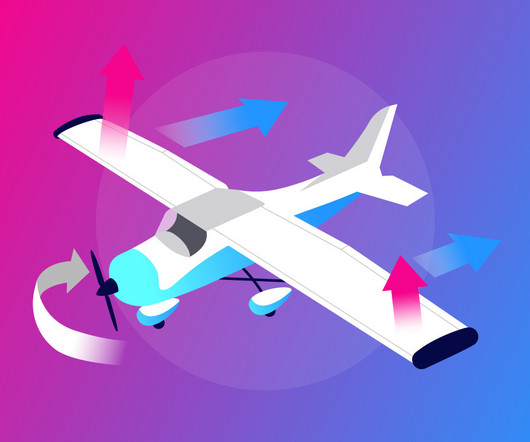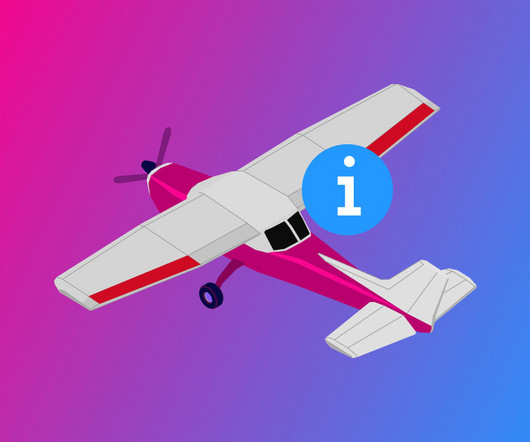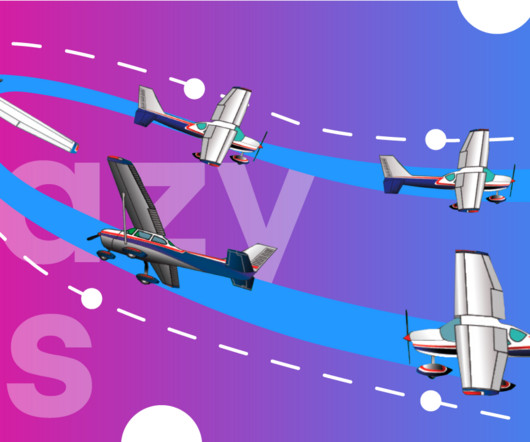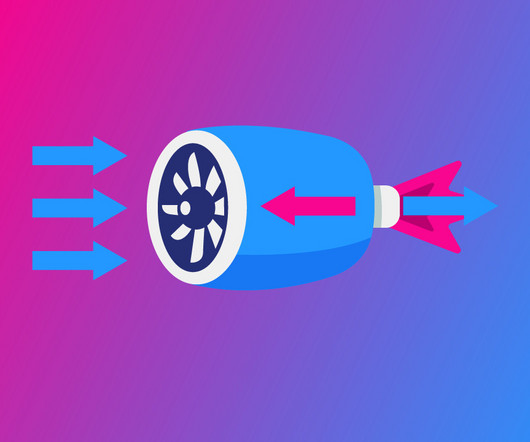Adverse Yaw Explained: A Pilot’s Guide to Better Control
Pilot Institute
SEPTEMBER 30, 2024
The lift and drag imbalance between the left and right ailerons creates adverse yaw. A pilot can prevent adverse yaw by using rudder, and making sure that a turn is coordinated. In this situation, you must add the right rudder to correct for adverse yaw. The differential lift and drag are the main causes of adverse yaw.











Let's personalize your content